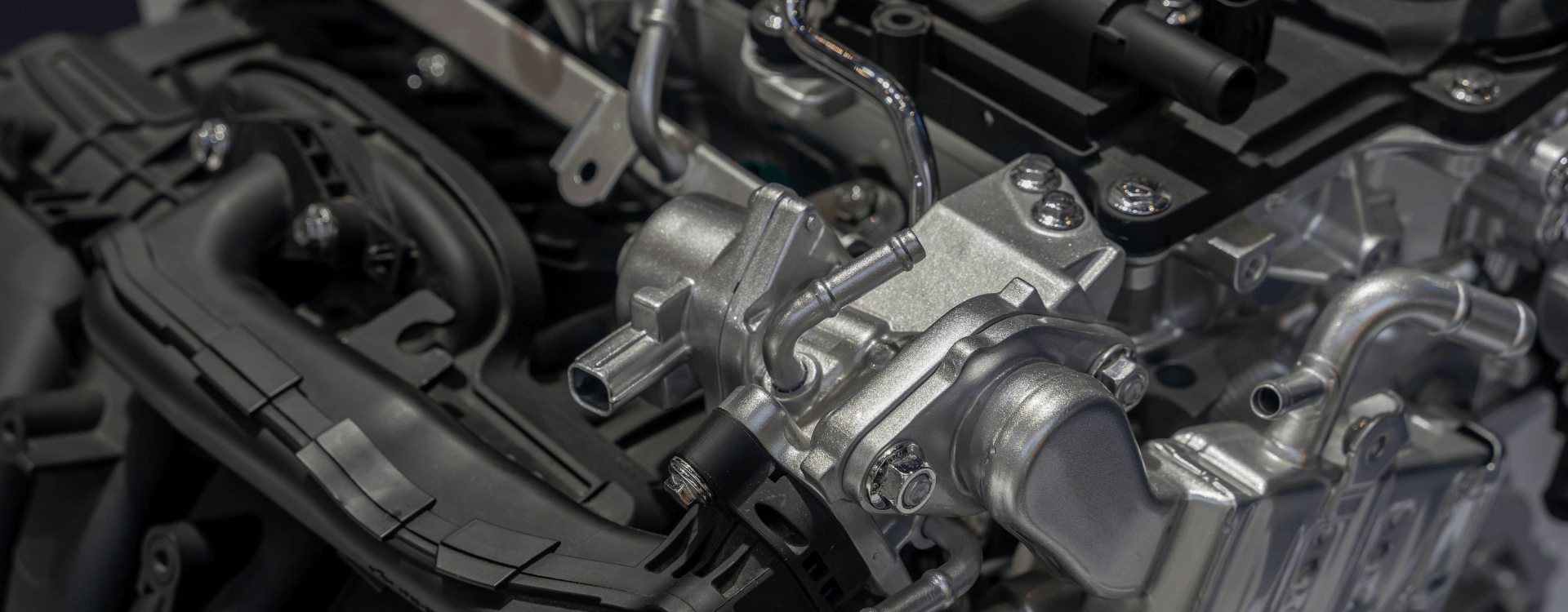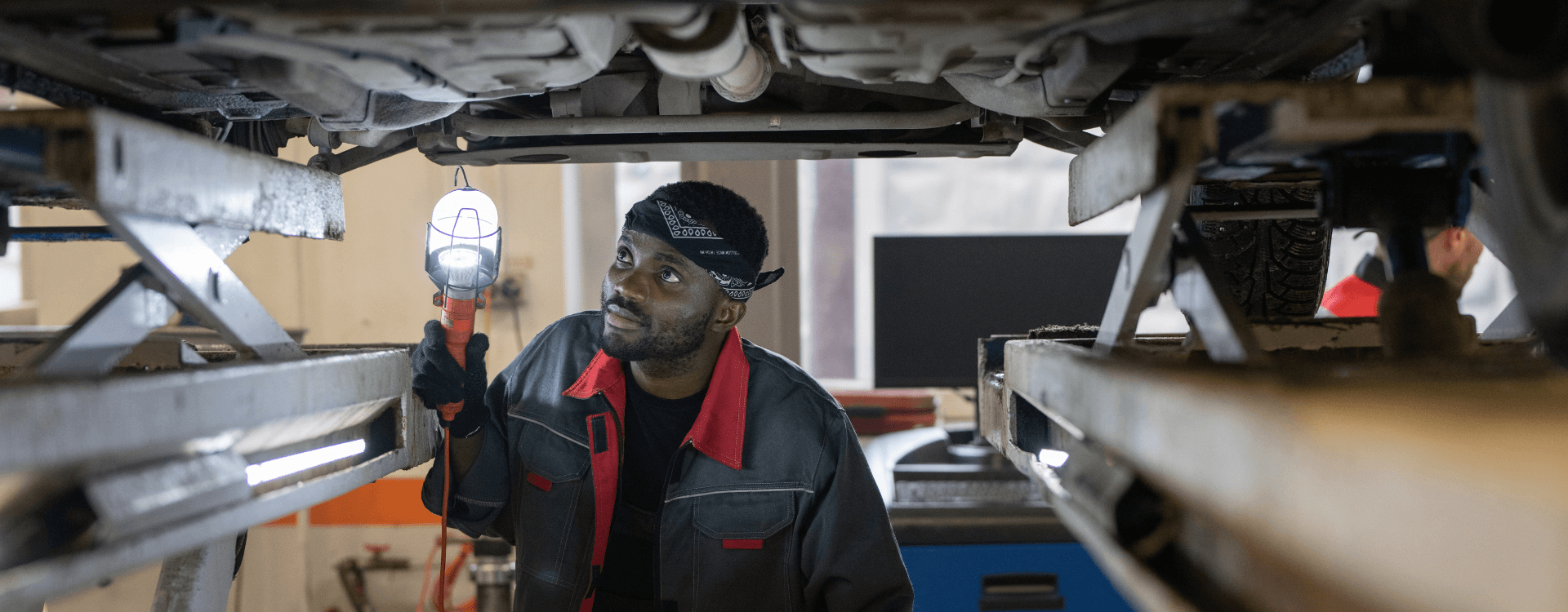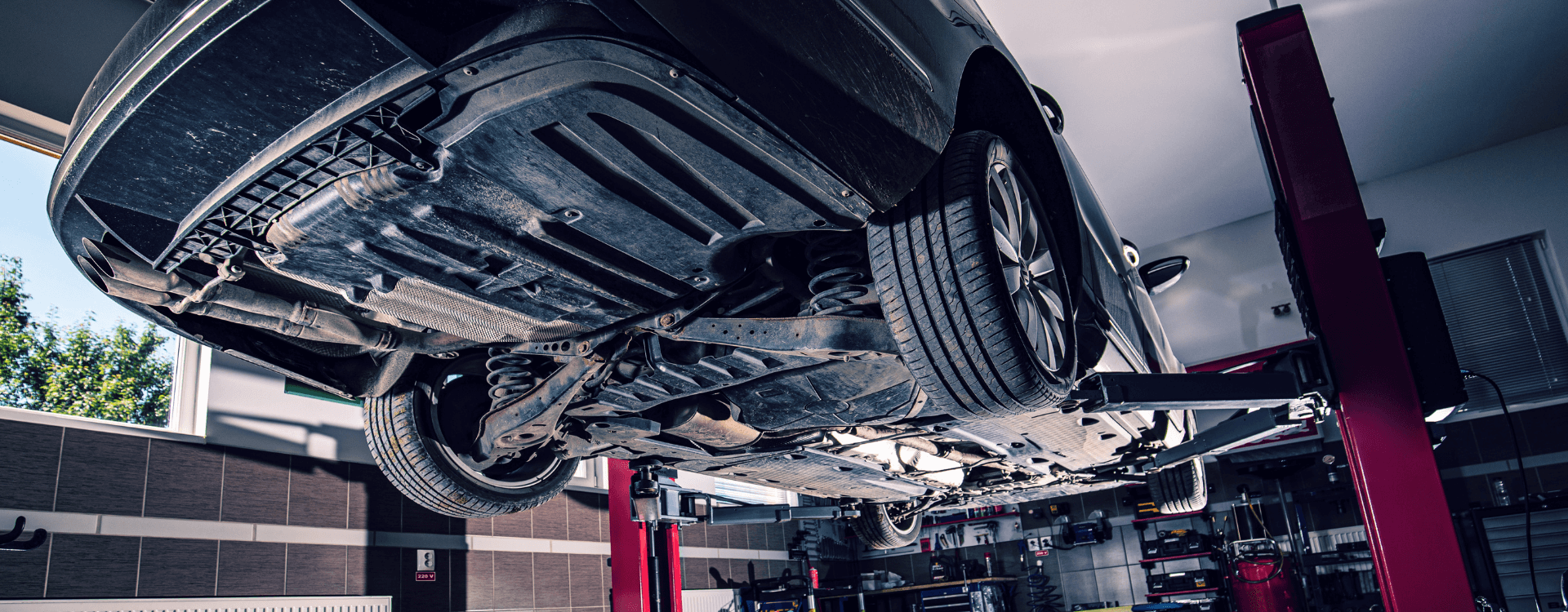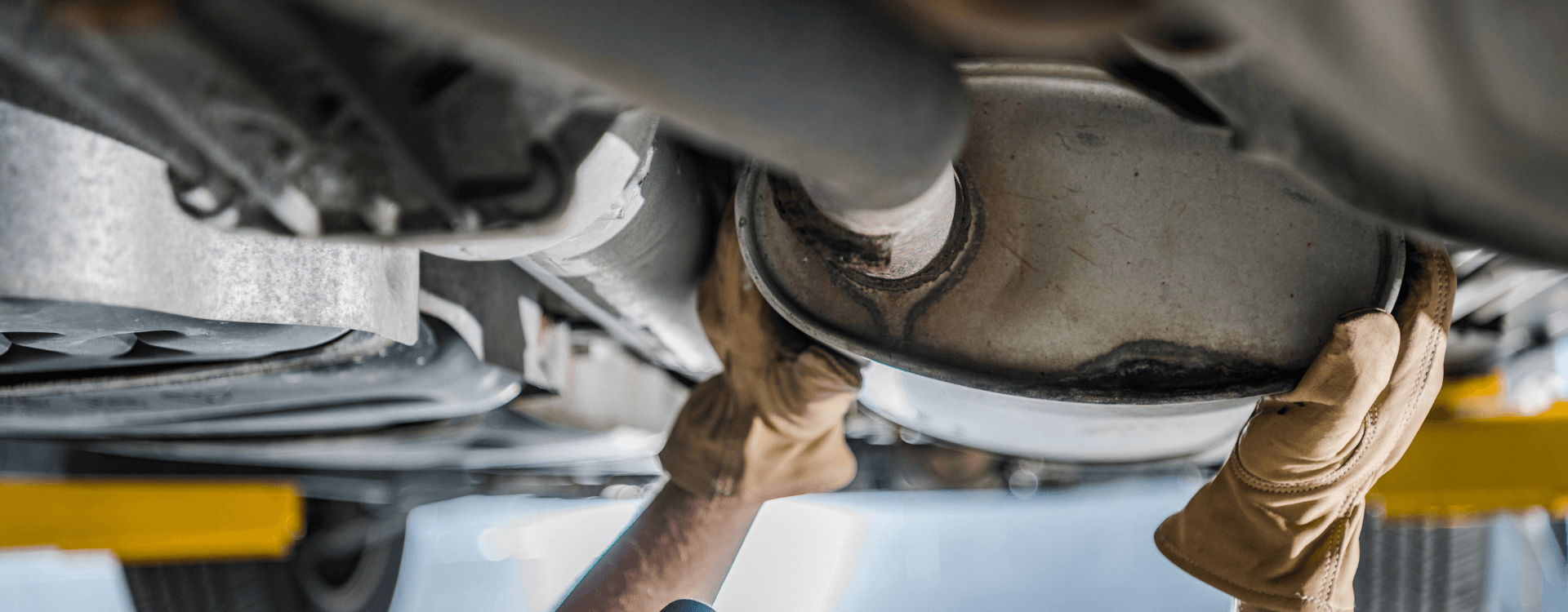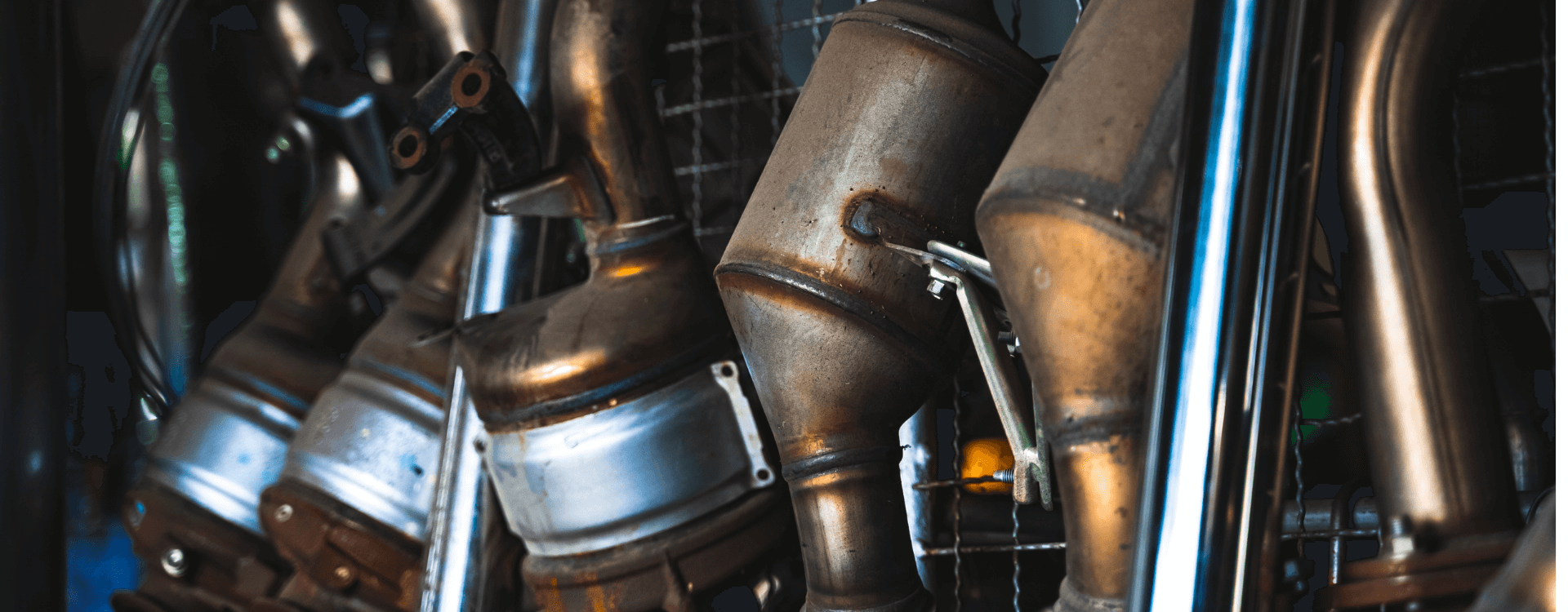
How to check and protect a catalytic converter or a diesel particulate filter ?
Nowadays, our cars have multiple devices to reduce the pollution emitted from the exhaust. This has been achieved through the adoption of the catalytic converter and then the diesel particulate filter or the AdBlue reserve. These effective devices have greatly reduced the amount of pollution released into the environment through chemical reactions and the elimination of targeted fine particles. However, both the catalyst and the diesel particulate filter are subject to wear and tear and sometimes even theft. Fortunately, it is possible to significantly increase the service life of these two components...
How do I know if my car has a diesel particulate filter and/or catalytic converter ?
The invention of the catalyst dates back to the early 1970s. The principle is simple: create chemical reactions to convert pollutants into carbon dioxide. However, it was not until 1993 that the catalytic converter was made compulsory on petrol cars and in 1997 for diesel cars. As for the diesel particulate filter, it was invented by Peugeot, which introduced it on the 607 road car in the mid-2000s. It was made compulsory on all diesel cars from January 2011. For direct injection petrol cars, the diesel particulate filter was also made compulsory as standard from 2016. However, as petrol and diesel cars operate differently, they have different and non-interchangeable equipment.
Where are the diesel particulate filter and catalytic converter located ?
The make-up of a car's exhaust system can vary greatly from one model to another... And from one engine to another ! For example, on a model with a V engine, there will generally be two exhaust manifolds and as many catalytic converters. Generally speaking, the catalytic converter is located at the engine outlet, before the particle filter. These two elements are sometimes linked together in the same block to optimise the evacuation of gases. Some cars can therefore have two catalytic converters and sometimes even two particle filters on the same line ! These two elements are therefore placed on the exhaust line, before the intermediate silencer. This means that they have to be dismantled in order to gain access to these devices. It should also be noted that both the catalytic converter and the diesel particulate filter contain precious metals in order to allow the chemical reactions to take place. For this reason, catalysts are regularly stolen. Fortunately, there are methods to prevent theft.
How to protect the catalytic converter ?
Keep in mind that the more burdensome it is to steal a catalytic converter, the more likely the thief will move to another vehicle. As far as parking is concerned, it is best to avoid places that are too isolated. This would be a more favourable situation for committing a theft, more serenely. If possible, park your car in a busy and well-lit area. At night, the best thing to do is to put your car in a garage, box or car park. If this is not possible, choose a parking space in a busy area. Do not park astride a pavement. The raised area could make it easier to get to the undercarriage of your car. And since a catalytic converter is usually removed from the underside of a car, you might as well avoid temptation. In order to limit the risk of theft, some people have taken the gamble of 'customising' their catalytic converter with a high-temperature resistant paint. This makes the catalytic converter difficult to resell and therefore not very interesting to steal. Of course, this is not foolproof, but the deterrence process is worthwhile. Catalyst theft is not confined to the big cities. This scourge also takes place in villages...
An alternative is to attach a protective plate designed to make access to the catalyst more difficult. This is even a fairly common practice in large cities, especially if one has already been confronted with catalyst theft. Of course, this method is not infallible, as the equipment must be able to be dismantled, even if only by a professional mechanic... The point is to make the operation more difficult for a thief and thus increase the chances that he will give up trying to attack your car. Finally, some professionals also offer an engraving system. This will limit the interest in stealing the part... But you should also be aware that an unscrupulous person will of course be able to bypass the system... And to avoid premature wear and tear due to the clogging of the catalytic converter, make sure that you occasionally make journeys that are long enough to allow the chemical reactions to take place. Otherwise, the pollution particles will clump together, which can clog the catalyst and lead to a breakdown...
How to avoid a clogged diesel particulate filter ?
Let's finish with the diesel particulate filter. This device collects the pollution particles and burns them out during regeneration cycles. These cycles can only take place when the entire exhaust line is at the right temperature. This means that a sufficiently long journey is required. For this reason, a recent diesel car cannot be fully adapted to urban use, and it is necessary to regularly make long journeys to avoid clogging. Petrol cars are less prone to this phenomenon, as the DPF fitted to them is less sensitive. In general, the diesel particle filter requires little maintenance. In addition to regular use over a sufficiently long period (regular journeys of at least 30 minutes), it is also necessary to ensure that there is a sufficient supply of AdBlue and, if necessary, of cerin for models that are equipped with it. Like any mechanical component, the particle filter can wear out more or less quickly depending on its quality and the use of the vehicle. When replacing it, it is essential to choose a quality DPF.
Do you want to know if your catalytic converter is bad ? Do you want to know if your DPF is clogged ?
Image sources:
Karolina Osinska / Author: ckstockphoto / License ID: 5GMZPQS9RB - elements.envato.com


